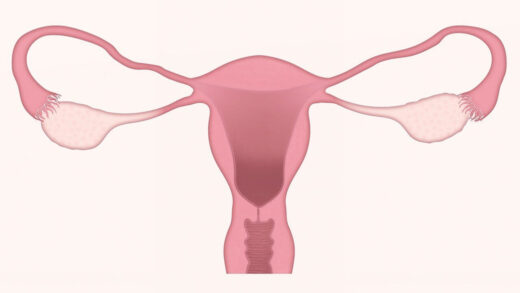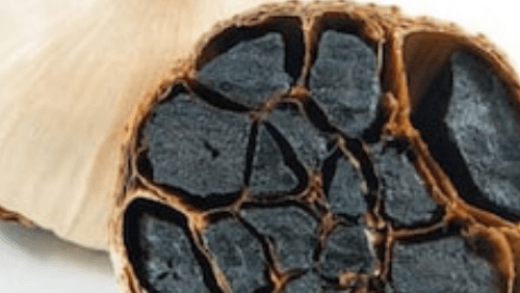The contemporary world is changing now and then. The research and development of novel technologies for human betterment has become a routine activity of scientists throughout the world. Each technology is best in a different way. Nano Flower Technology
One such technique is nanoflower technology. It belongs to the class of nanoparticles showing a similar structure to the flower. We will learn more about them in this article.
What is Nano flower technology?
This frequently established class of nanoparticles shows similarity with the structure of a flower. However, it gains much consideration due to its easy method required for the preparation, having the advanced stability, and superior competence.
There are different advantages and limitations associated with their usages. Also, there are multiple types along with their application that would be elaborated in this blog.
Nano flower at a glance.
Even though different nanoparticulate systems are existing under scientific technology, nanoflower is a newly developed class of small particles having the structural identity to those of plant flowers. It lies between the range of 100-500 nm on a nanometer scale.
This technology is of multiple interests in the modern-day world. It is because the creation of nanoflower requires an extensively simpler method. Since, the organic, inorganic materials or sometimes used in combination permits the lower cost of their development at a larger scale. The combination is generally used to get a nanoflower with enhanced stability and higher efficiency for the surface reaction.
Advantages of Nano Technology.
Several advantages associated with the nanoflowers are mentioned as follows:
- The nanoflowers have a high surface-to-volume ratio. This helps in enhnacig the surface adsorption for the acceleration of Kinetics of any reaction.
- They permit a better charge transfer. Also due to their larger surface area, they tend to work for carrier immobility.
- In the 3D nanoflower structure, the efficiency of surface rection gets raised.
- The synthesis process of nanoflowers is much easier using methods like precipitation method, ionotropic gelation, and green synthesis. The process is completely non-toxic and cost-effective.
Their multipurpose applications.
There is a wide range of applications of nanoflower technology in various fields. Some of them are mentioned below:
- One such importance of nanoflower technology is involved in the working of biosensors. In biosensors, nanoflowers provide the quick and accurate detection of diseases like parkinsonism, diabetes, and abdominal infections.
- Nanoflowers are also known to be used to perform site-specific functions in drugs. It helps in controlled drug delivery. Taking the prescribed and desired drug to its place of action, the nanoflowers get easily degraded in the body of an organism.
- They are widely used in the purification of enzymes at the industrial level. The companies involved in the large-scale production of enzymes like lipases, ligases, amylase, etc, nanoflowers aids in apt purification.
- Nano flower can also assist in the removal of any sort of dyes and heavy metal from the water. They can be utilized in gas sensing using nickel oxide.
- As per the recent investigation, nanoflower technology can also aid in enhancing surface sensitivity using Raman spectroscopy.
Moreover, nanoflower technology is an emerging technique that can open up new insights for scientists. The nanoflower system will act as a smart material shortly due to the high surface-to-capacity ratio and improved adsorption competence on its petals.











